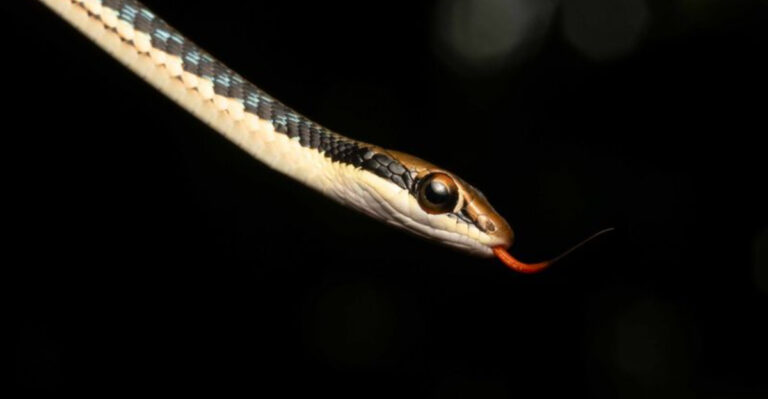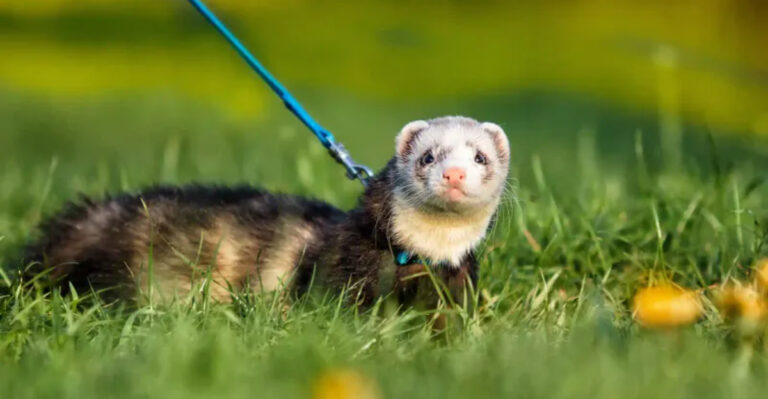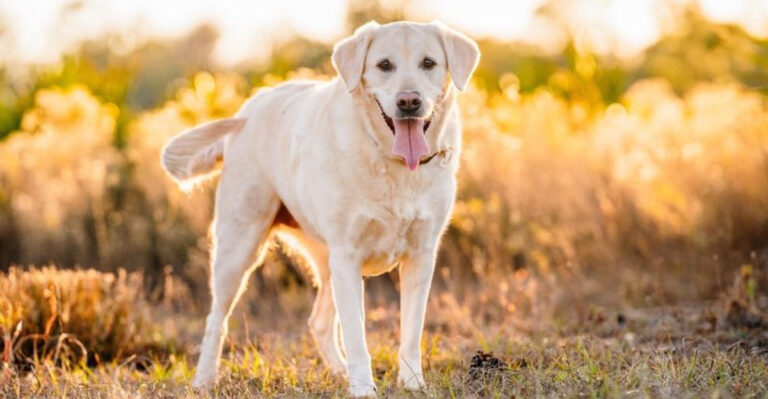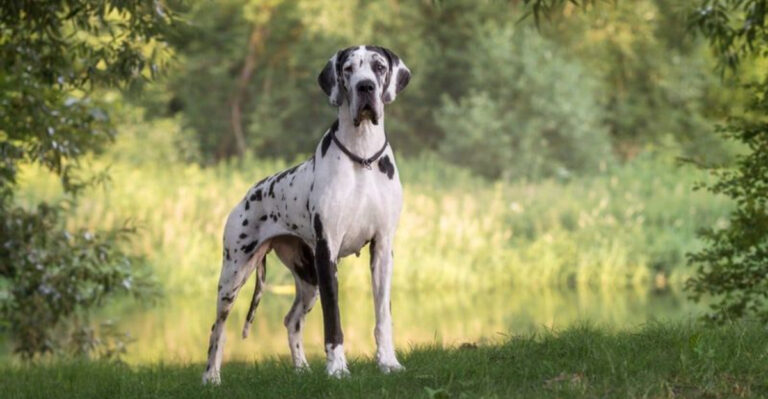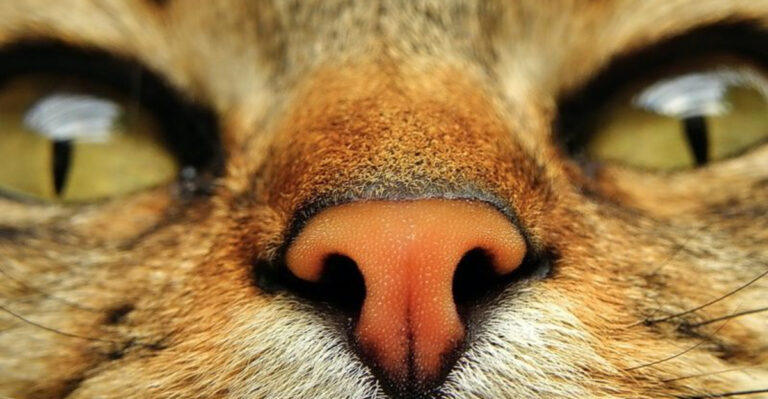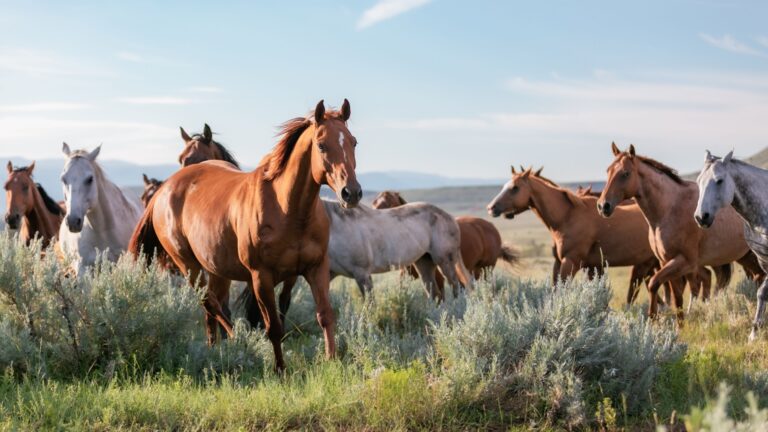How Wolves Quietly Rebuilt Yellowstone’s Entire Ecosystem
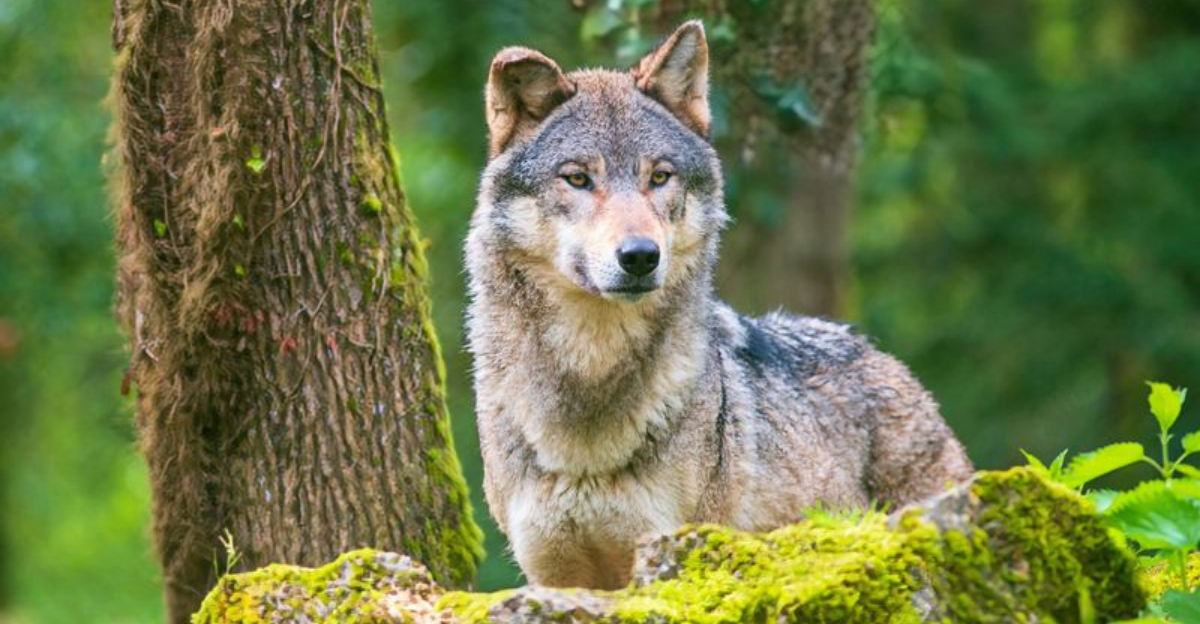
In 1995, after a 70-year absence, wolves were reintroduced to Yellowstone National Park. What followed was one of nature’s most remarkable comeback stories.
Far beyond just adding another predator to the mix, these wolves triggered a chain reaction that transformed the entire ecosystem. Their return shows how a single species can reshape a landscape in ways nobody expected.
1. Aspen And Willow Trees Made A Comeback
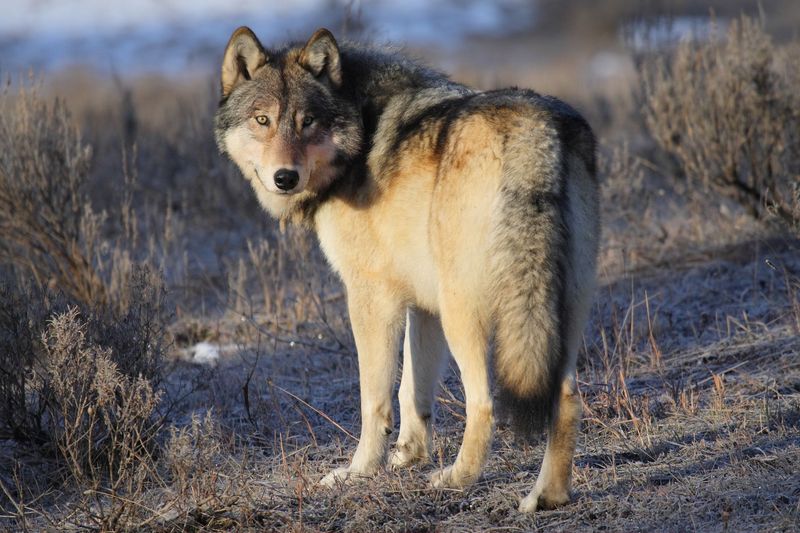
Young trees stood tall for the first time in decades. Without constant browsing pressure from elk, aspens and willows began growing beyond the vulnerable sapling stage, reaching heights unseen since wolves disappeared.
Scientists measured dramatic increases in tree height along riverbanks. These returning forests created shade, habitat, and food sources for countless other species.
2. Beaver Populations Rebounded
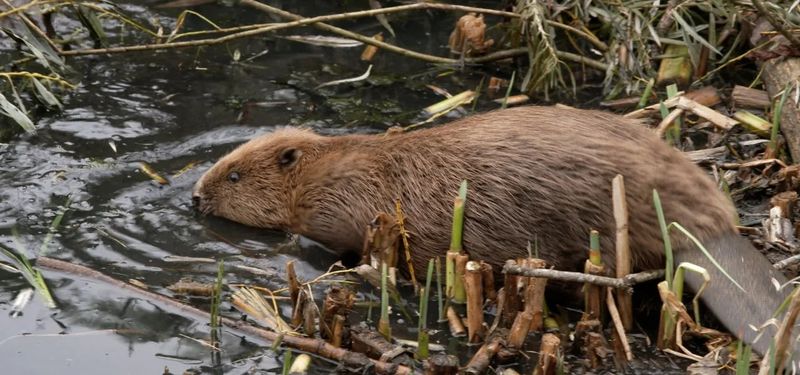
Nature’s engineers returned with a splash. As willows flourished along streams, beavers gained access to their primary building material and food source.
From just one colony in 1995, beaver populations expanded to over nine colonies by 2011. Their dams created wetlands that attracted fish, amphibians, and waterfowl, while also improving water quality and reducing seasonal flooding.
3. Riparian Zones Recovered
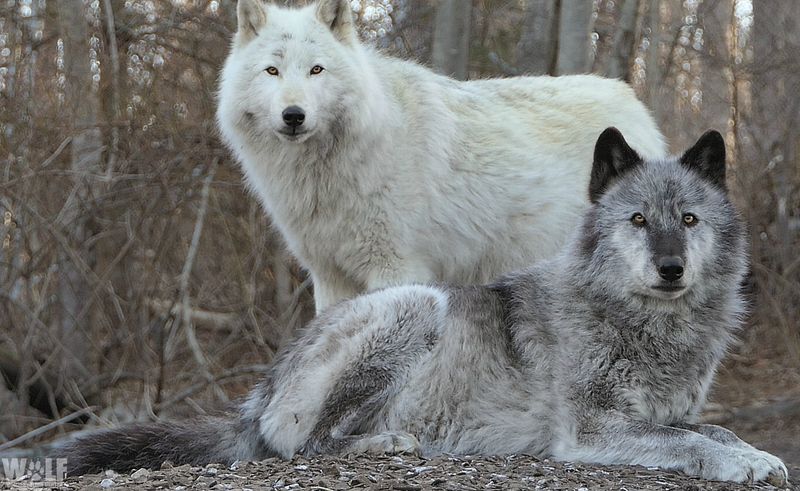
Stream banks transformed from barren dirt to lush oases. These critical transition zones between water and land regained their vegetation as elk browsing decreased.
Root systems stabilized eroding banks. Overhanging plants cooled water temperatures by providing shade. The returning greenery filtered runoff and created protective habitat for small mammals, birds, and insects that had been missing for decades.
4. Rivers Changed Course And Became More Stable
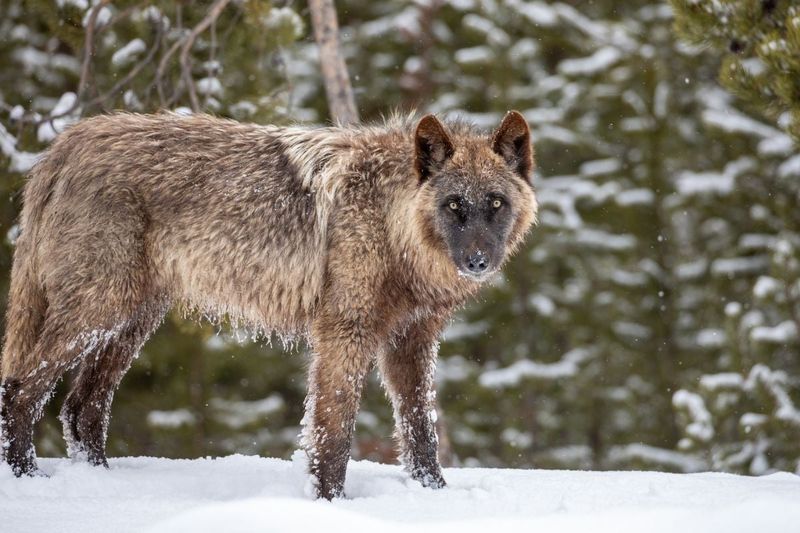
Waterways literally changed direction thanks to wolves. With vegetation returning to stabilize banks, rivers began meandering instead of cutting straight channels.
These curves slowed water flow, reduced erosion, and created deeper pools for fish. The physical geography of Yellowstone valleys transformed as water tables rose and seasonal streams became year-round features.
5. Coyote Numbers Declined
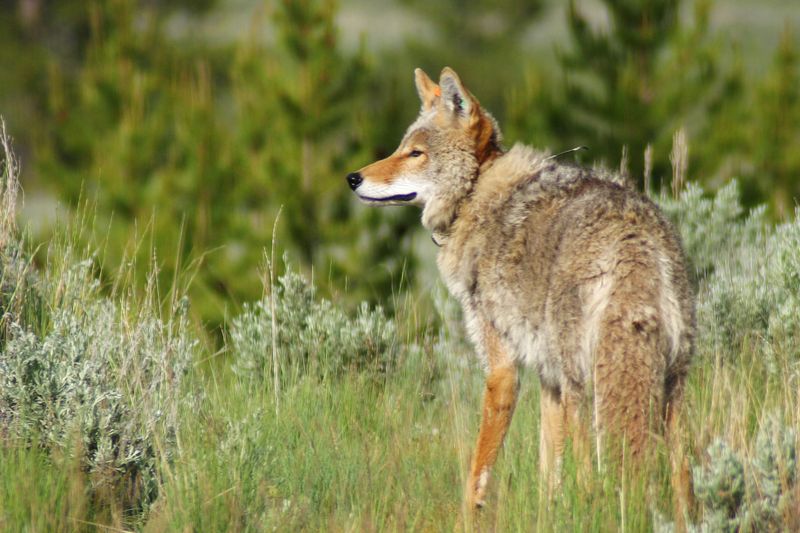
Wolves didn’t tolerate their smaller cousins. Yellowstone’s coyote population dropped by nearly 40% as wolves actively hunted them or drove them from prime territory.
This wasn’t just predator rivalry. The coyote decline created space for foxes and other mid-sized predators that had been suppressed. A more diverse predator community emerged, with each species finding its own ecological niche.
6. Rodent And Rabbit Populations Increased
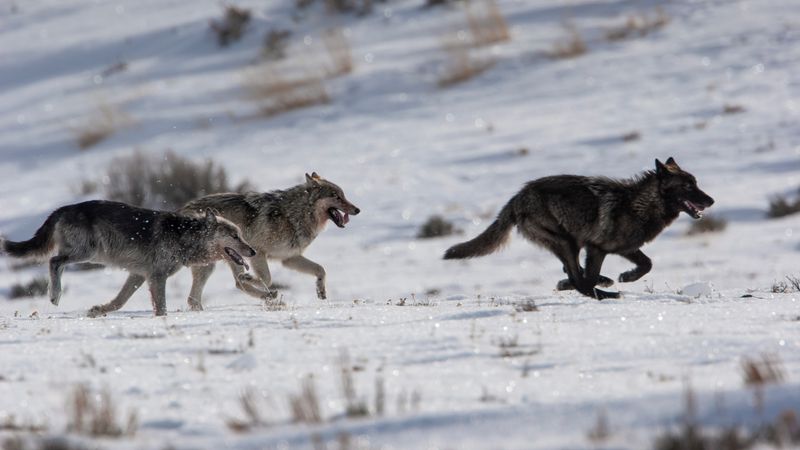
Small mammals thrived under wolf protection. With fewer coyotes hunting them, populations of mice, voles, and rabbits multiplied across the park.
These creatures serve as food for foxes, weasels, hawks, and owls. They also spread seeds, aerate soil, and become prey for dozens of species. Their burrows create habitat for insects and reptiles, contributing to biodiversity.
7. Scavenger Species Benefited From Wolf Prey
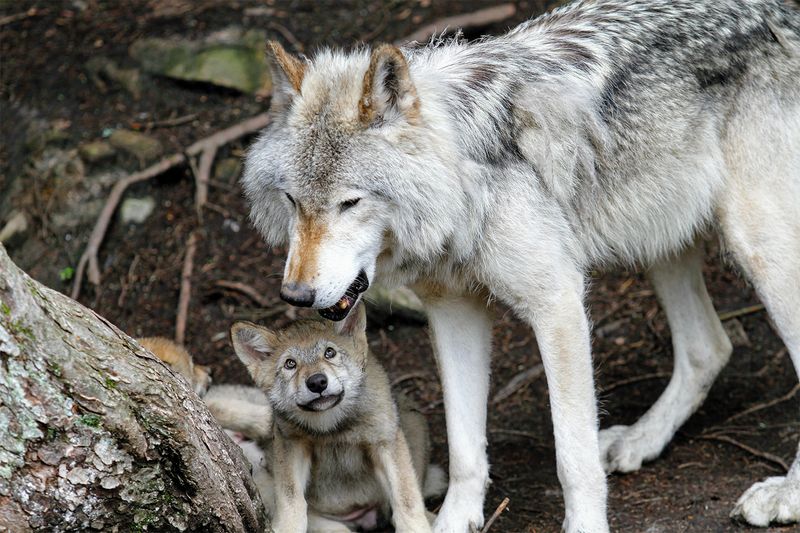
Wolves became unlikely providers for Yellowstone’s cleanup crew. Each wolf kill feeds not just the pack but up to 30 different species. Ravens, magpies, and eagles arrive first.
Then come coyotes, foxes, and bears. Finally, beetles and other insects process what remains. This nutrient distribution system enriches the soil and supports species that rarely hunt for themselves.
8. Bald Eagles And Ravens Became More Abundant
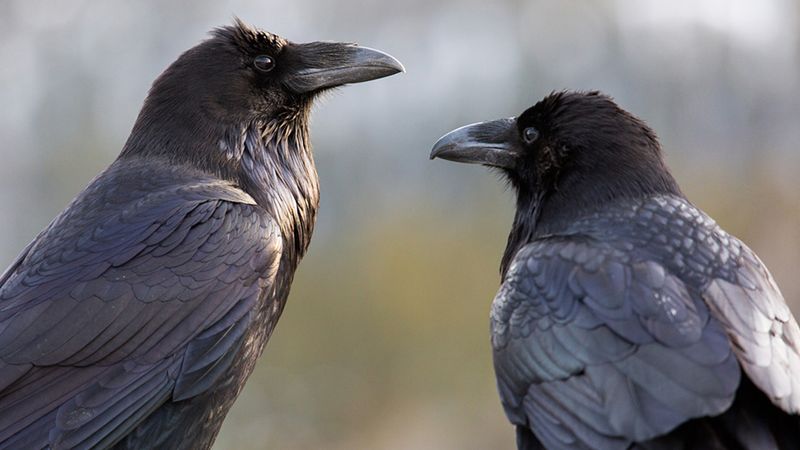
America’s national bird found new opportunity in wolf territory. Bald eagles increased dramatically after wolves returned, drawn by the reliable food source of winter kills.
Ravens developed a fascinating relationship with wolves, sometimes leading packs to potential prey. These intelligent birds follow wolf packs, knowing a meal will likely result. Winter survival rates for both species improved substantially.
9. Wolves Reduced Overgrazing By Elk
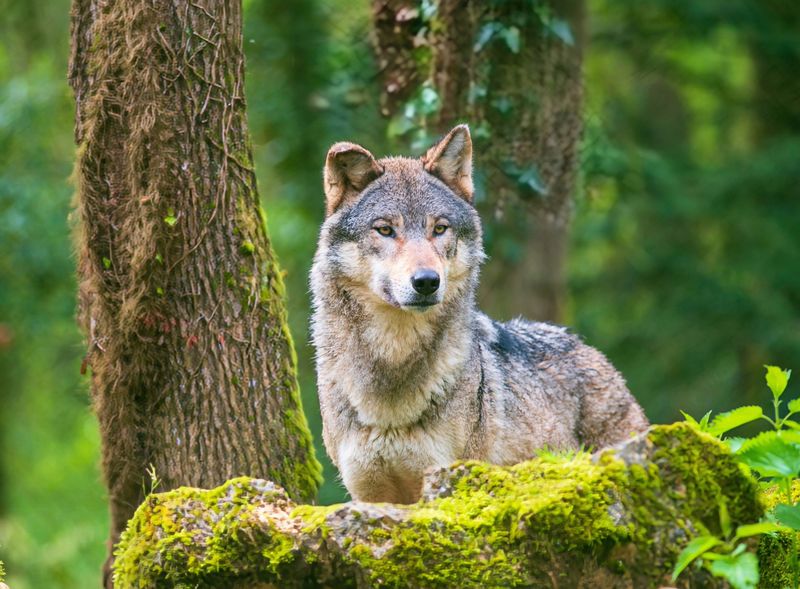
Fear changed everything for Yellowstone’s elk. No longer able to lazily munch vegetation in one spot, these nervous herbivores started moving more frequently and avoiding certain areas altogether.
This behavior shift meant young trees finally had a chance to grow. The elk population also decreased by about 40%, creating a more balanced relationship between predator and prey.
10. Grizzly Bears Got A Nutritional Boost
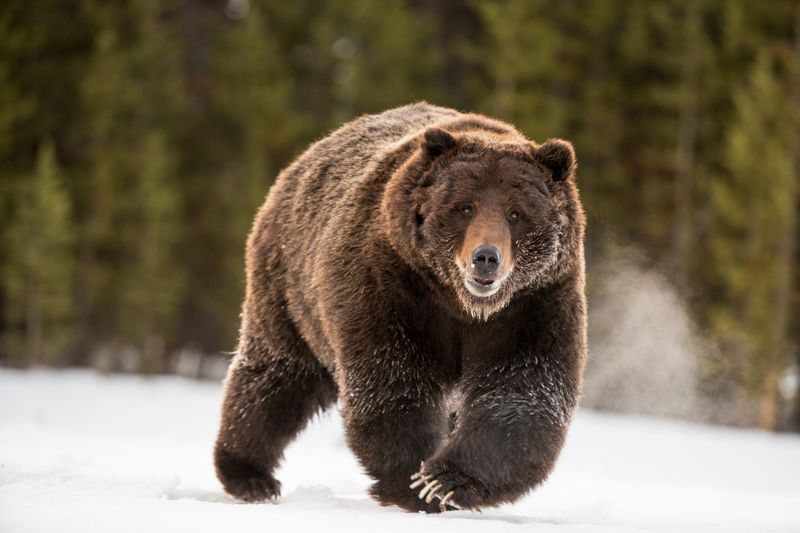
Even the mighty grizzly benefited from wolves’ return. Bears eagerly claim wolf kills, using their size to drive wolves away from fresh carcasses.
Additionally, berries became more plentiful as browsing pressure decreased. The recovering plant communities provided more food options for bears. Researchers found bears with more diverse diets showed better health and reproductive success.
11. Wolves Helped Keep Bison Populations In Check
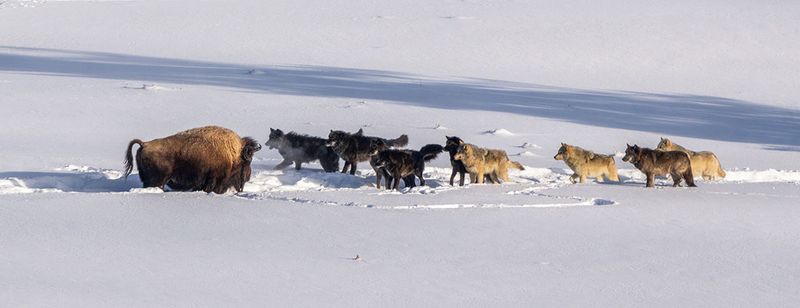
North America’s largest land mammal met its ancient predator once again. While adult bison rarely fall to wolves, the elderly, sick, and calves provide occasional meals for wolf packs. This selective pressure strengthens bison herds by removing vulnerable individuals. Wolf presence also changes bison movement patterns and grouping behavior, preventing overgrazing in sensitive areas and distributing their ecological impact more evenly.
12. The Success Inspired Global Conservation
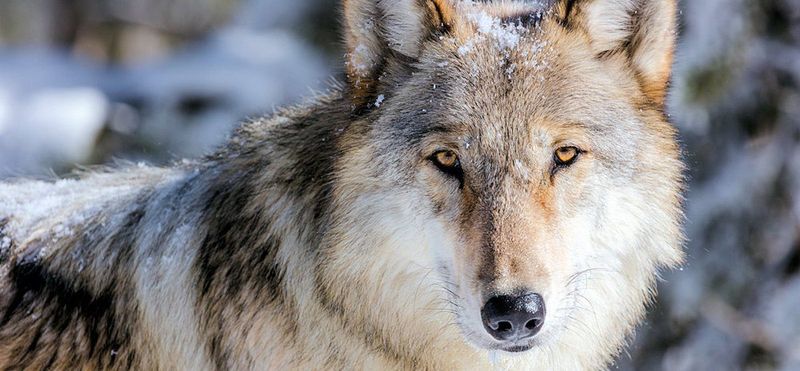
Yellowstone’s transformation became a worldwide lesson in ecological restoration. Scientists and park managers from Europe, Africa, and Asia visited to study the cascade of positive changes.
Projects to reintroduce apex predators gained momentum in multiple countries. The concept of trophic cascades entered public consciousness, helping people understand how predators benefit ecosystems rather than simply threatening livestock or game animals.

